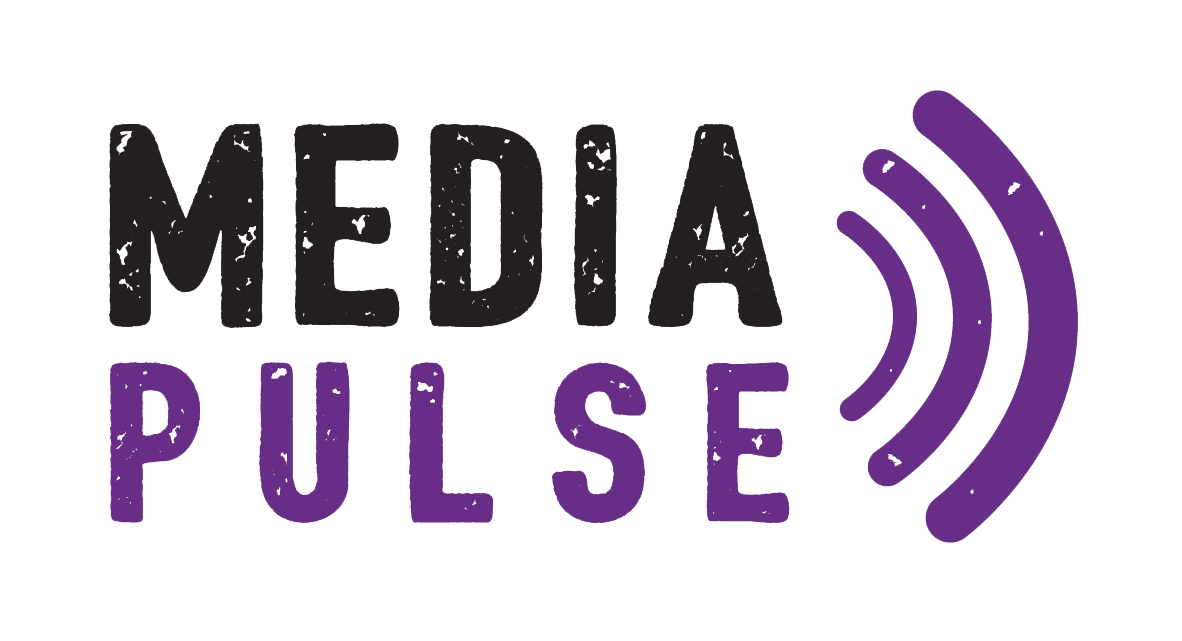Choosing a Platform for Your Business
Operating a business can be difficult and completing required tasks like ordering inventory or scheduling employees, among other things, can feel overwhelming. Then there’s actually running your business on a day-to-day basis and deciding how you’ll choose to inform your current customers about specials, while simultaneously trying to learn how you can gain more.
In taking the social media route for this type of outreach, it is important to remember that you don’t necessarily need to have your business featured on every social media platform. While some might think that the more channels you have, the more coverage and content will be seen by existing and potential customers, it’s not necessarily the best practice. With every platform, you’ll want to try and create unique content for each, which can quickly become daunting if you’re posting just one or even multiple times a day.
Although you could purchase a social media management tool like Hootsuite or Buffer to schedule out your content and make things a little bit easier, this blog post is instead going to take you through the process of deciding what platforms will work best for your business so that you can develop an even stronger outreach plan. Like many things in life, social media is often more about quality, not quantity, and if there is a niche aspect about your business, it’s likely to fit within a realm of like-minded users.
First Things First
Before looking at social media platforms, it's important to examine your business first. Who is your target audience? Are most of your customers within a specific geographic or demographic? Is there a specific age group or type of audience you’re looking to attract? The more specific, the better!
Now that you have an audience in mind, shift your focus to envisioning a plan for your social media. With your eyes on that target, consider how you’ll want to present your business online and how you plan to draw attention from that specific group. As mentioned before, you’ll also need to keep in mind your own wellbeing and be cautious of how often you should be posting and what platforms will best represent your brand. A small army of social media experts would still have obstacles in crafting content for several platforms at once. So, unless you’re looking to hire a social media manager of some sort, as a small- to medium-sized business owner, we recommend starting with just two platforms that are better equipped to best represent your business.
Choosing Your Platform
Hopefully with your audience in mind, we can take a look at different platforms so that you can start to think about which one might be the best match! In kicking things off, we’ll start with one of the most common and popular avenues for businesses: Facebook.
While the platform is practically essential for social networking, it also offers a Business Managing tool that can ease the sometimes frustrating tasks of creating content, scheduling and running analytic reports. Recently, Media Pulse Founder Jake Landon explained how to use the business tool, which you can read, here!
However, while the platform definitely has the most users (over 2.8 billion) and is wonderful at defining your brand and building relationships, it can sometimes have a limited reach. Of course, you can set your target audience down to a science, but until you begin putting money into sponsored ads and campaigns, the platform is essentially going to work from a blank slate, or the connections you might already have.
Yet, with how connected Facebook is, especially its partnership with Instagram and other applications, it’s preferable that you at the very least, have a Facebook for your business.
With that being said, the same can be said about Instagram because they are built to go hand-in-hand. Although the social platform is photography based, it has over one billion users of all ages. What’s great about the app, is that no matter your business or niche, if you are able to take professional-quality photos with your phone, as explained in this blog, or by a professional photographer, like written here. It’s a useful tool in both creating brand awareness and can be searchable through hashtags, locations and more.
Another app that launched us into the social media realm is Twitter. While the app is great for keeping up with trends and boasts over 192 million users, it also lacks in the sense that you only have 140 characters to express your message. Although, if you’re looking to make conversations and post multiple times throughout the day to establish public relations, this app could be for you!
If your business is more on the creative side of things, the next app might speak to you. Pinterest is essentially a “scrapbooking” app, filled with creative ideas from clothing, to food, to art and diy projects. While the app is mostly pictures which can be linked to websites, it also has a demographic of 80% women between the ages of 18-35, which makes its audience either great for businesses seeking that demographic or that much harder to break through.
This article couldn’t conclude without mentioning YouTube, or a modern, quick-paced version of the video-based platform, TikTok. Although both applications are a great tool to post videos, they both have their pros and cons like everything else. For starters, the age demographic is a bit on the younger side, but still has the potential to reach other generations as well.
With this collection of information, hopefully you have a better idea of what avenues to explore and where your ideal customer is located. Or if you think you might fit in more than one or two platforms, explore a little bit! There’s nothing wrong with putting yourself out there and you can always take the time to research what other competing businesses might be doing as well!
Read our blog for more information on managing social media platforms.


